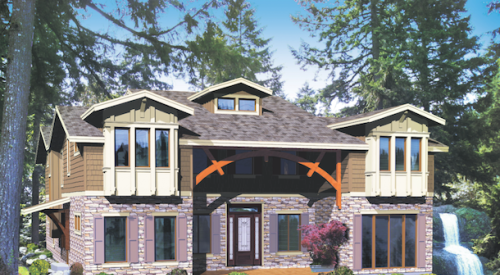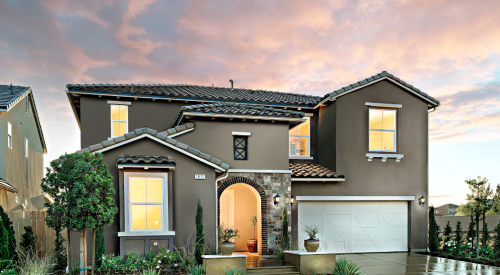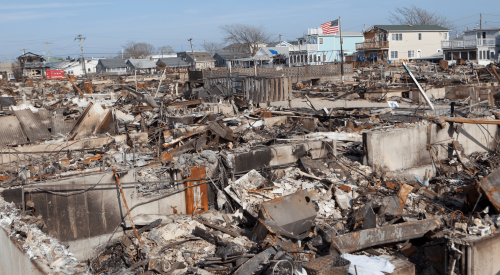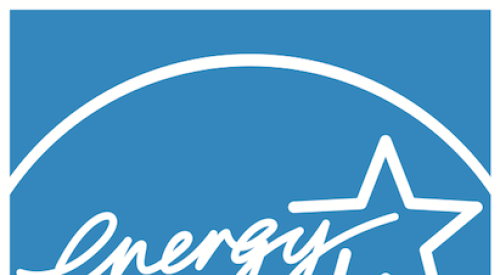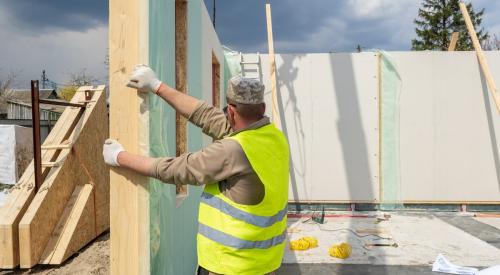In October, the California Building Industry Association adopted the Green Builder designation at its fall board meeting. Program participation requires that builders meet the energy-efficiency and air-quality requirements of ComfortWise, an energy-efficiency program in California and Nevada. Builders must also divert 50% of job-site waste from landfills and cut water use by 25% compared with a typical 1980s home.
The Florida Green Builder Coalition introduced the Green Home Standard Checklist in July. The checklist was created largely by comparing and tweaking already established green building programs, and requires builders to obtain 200 points, including a minimum of points in each of the eight categories.
The high number of housing starts in Florida, says Eric Martin, former acting chair of the FGBC Standards Committee, was a motivating factor in creating a green building program. "People were asking for it - both builders and potential home buyers."
Forecast Homes is the first to adopt California’s Green Builder designation companywide. Mike Dwight at Forecast estimates that adhering to the program will add $250 to $1,200 to the cost of a Forecast home. Dwight says the cost, however, is offset by the marketing advantages and by the willingness of some local jurisdictions to expedite permitting and approval processes with Green Builder-designated builders.
